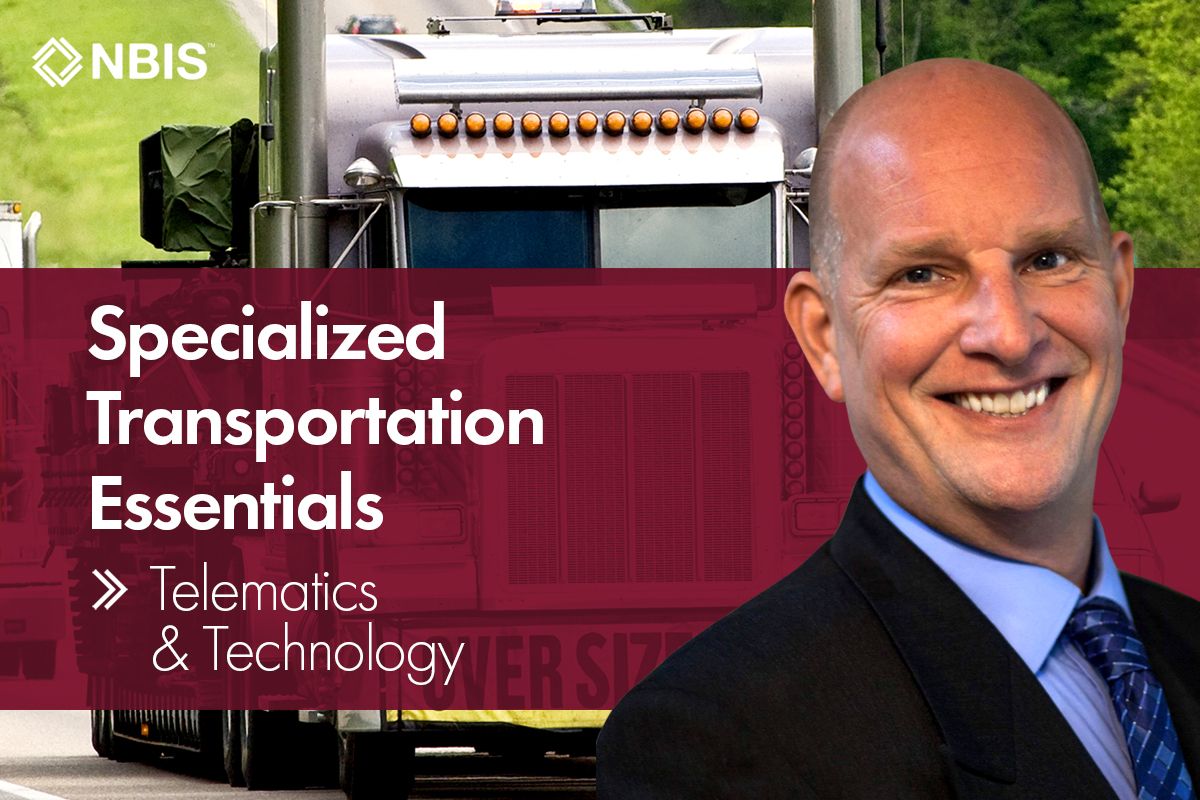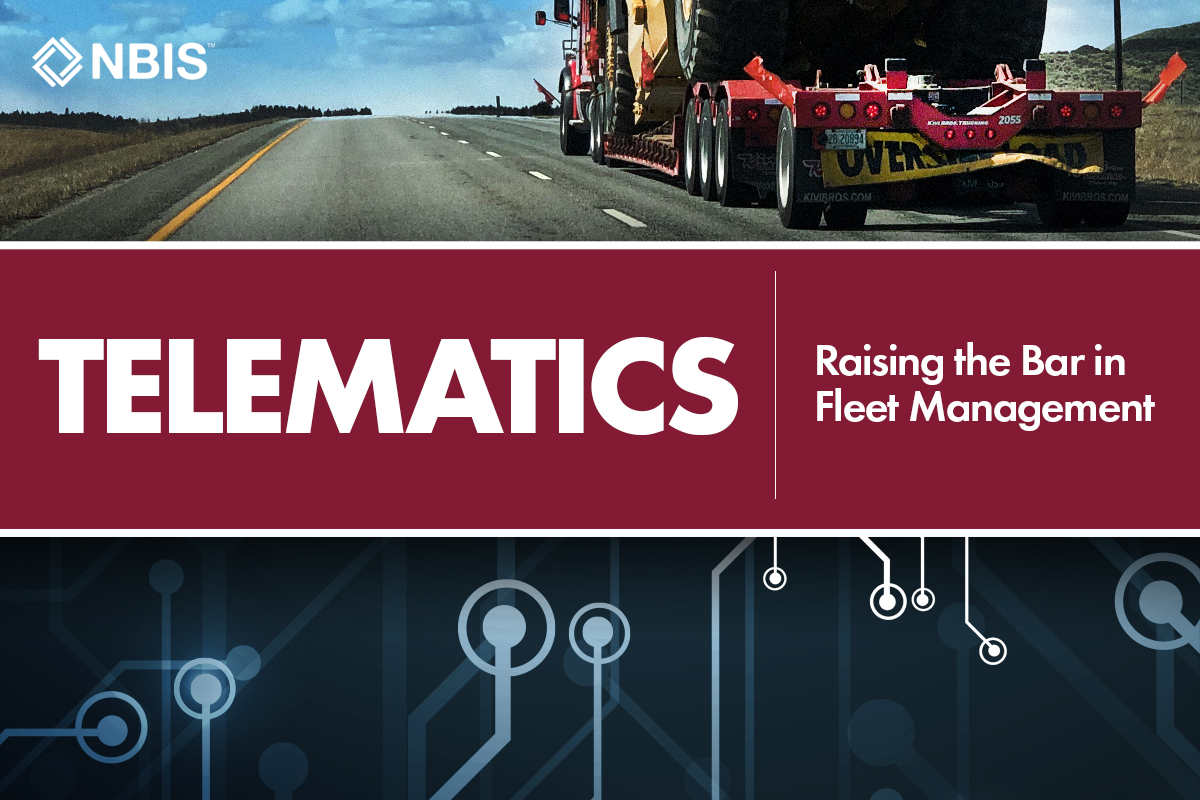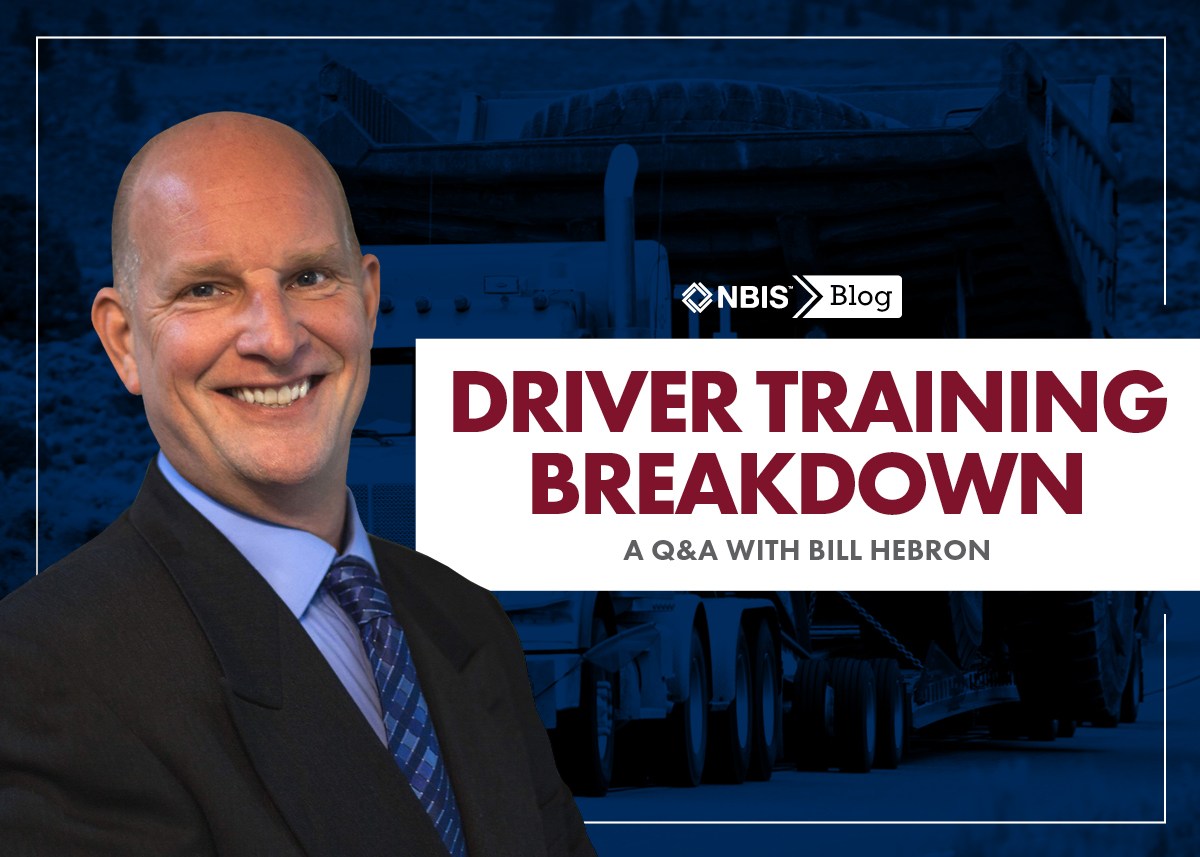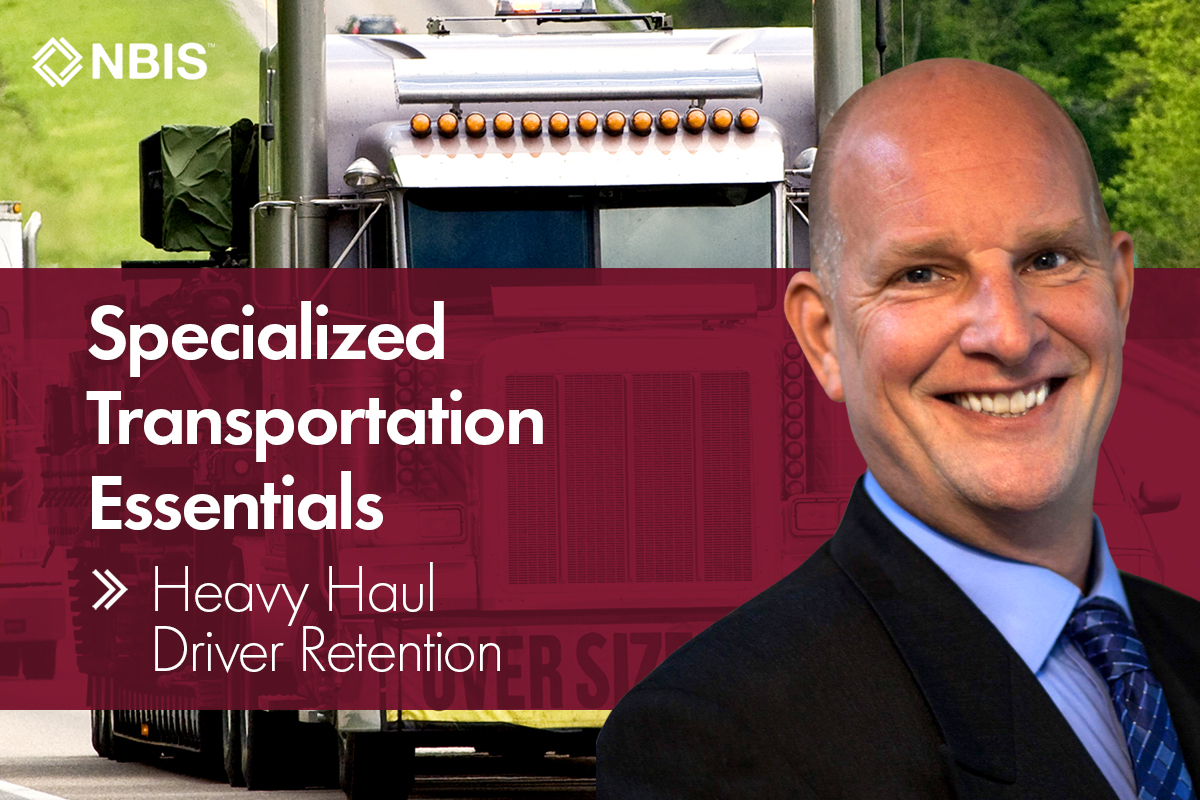Telematics & technology
A tried and true track to managing driver risk
by Bill Hebron
Back in 2012, Congress enacted the “Moving Ahead for Progress in the 21st Century” bill, most commonly referred to as MAP-21. Among other things, MAP-21 outlined a provision that required the FMCSA to develop a rule mandating the use of ELDs, or, Electronic Logging Devices. In the time since, the ELD Mandate (and its role in assisting the FMCSA and DOT in enforcing Hours of Service regulations) has been one of the focal points in the ongoing discussion regarding the use of technology in trucking.
The first deadline, which required fleets to implement certified ELDs, came in December 2017. The final deadline passed only a couple of months ago, in December 2019, and stated that fleets which were already equipped with electronic logging technology should be fully compliant with the published specifications.
The ELD Mandate is key to the discussion of technology in trucking because it is perhaps the most well known example of transportation-specific telematics technology in wide use today. Telematics is the general term for any devices that combines the use of telecommunications and infomatics and can refer to anything from GPS systems to ELDs or less sophisticated AOBRDs (Automatic On Board Recording Devices).
Because we at NBIS participate in the many discussions regarding how best to manage fleets and their associated risks, we know that you have probably heard the word “telematics” used many times. You probably even know what it means—especially because regulations like those outlined by the ELD Mandate affect your business so significantly. But do you know how telematics, when employed correctly, can actually help you manage risk at the individual driver level and thus make your overall fleet and organization significantly less risky?
Knowledge is power
When it comes to managing your risk, you need as much information as you can get your hands on. The nature of trucking—whether it’s short or long haul, specialized or not—means that drivers are out on the road, unsupervised, with expensive company assets for enormous amounts of time. It is impossible to fully eliminate the risk that this part of business entails, but telematics can help reduce it in a number of ways.
Firstly, drivers that are aware they are being monitored are far likelier to perform more safely and responsibly. The installation and use of technology that records vehicle and driver behavior data tells your operators that you are serious about safe driving habits and responsible use of vehicles, and they will subsequently respond accordingly by matching your commitment. It’ll also help curb unauthorized asset utilization through location monitoring, geofences, and curfews.
It’s not just about keeping an eye on your drivers to help ensure they exercise caution and employ sound decision-making behind the wheel. It’s about supporting them as well. Telematics solutions (like the NBIS Driver Insights tool we have created with our partner Octo Telematics) allow fleet managers to locate vehicles in real-time, monitor vehicle health, and track usage. That means roadside, emergency, and crash support for your drivers when they need it is easier than ever.
Watch efficiency increase, costs go down, and profits go up
As it is in many arenas, in transportation, time is money. Telematics creates a window into where vehicles are, how they’re being used, and who is driving them. Detailed asset and trend reporting (that includes data such as fuel usage, time at rest stops, and average speeds, and more) can help you drive down your total cost of ownership.
Incentivize safe driving, enhance your safety culture, and create targeted training opportunities
Simply put, data is the mirror of driver behavior. With telematics, you gain the knowledge of what drivers could be doing better and what they are already doing well. As a fleet manager, you can then incentivize their good behavior and practice positive reinforcement. This will build better practices in the long term and improve your risk profile on a regular basis. It’ll also help you create and perpetuate an overall culture of safety at your organization through the emphasis your operators will see and experience you placing on consistent safe behaviors. Many carriers, in fact, have even leaned into the “gamification” of safe driving, which involves using data provided by telematics software to make earning better scores, badges, and prizes game-like and thus improve operator buy-in.
Training can also assist with the enhancement of safety culture in that consistent, easy access to real-time driver data also allows for targeted training opportunities. For example, you might notice that some drivers are stopping a bit more suddenly than is safe in areas that experience winter driving hazards. You can then note which drivers display this behavior and assign them training modules that address their areas for improvement. NBIS has online driver training modules that operators can access anytime, anywhere—so these risky behaviors can be eradicated quickly and easily.
Telematics means transparency
At the end of the day, telematics in all of its forms simply allows for less mystery when it comes to information about your drivers and vehicles. The impact of such information, when it is easily available, can never be overestimated. From keeping drivers safe by monitoring how many consecutive hours behind the wheel they are logging to allowing fleet owners a window into the complex operations of their fleets, no matter the size, telematics are an invaluable tool in managing risk and bringing your overall operating costs down.
We know it can be difficult to know where to start when it comes to the implementation and installation of new technology in your vehicles. NBIS is here to help. Learn more about our telematics solution—NBIS Driver Insights, powered by telematics leader Octo—at www.nbis.com or by contacting us via phone at 866.668.NBIS.







